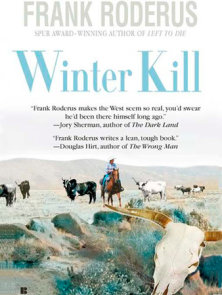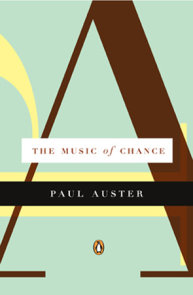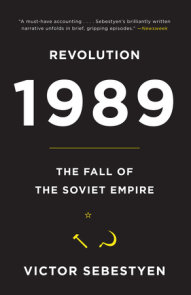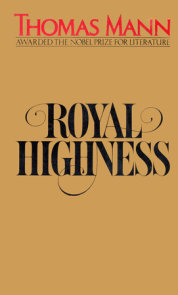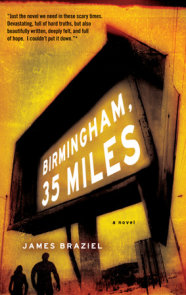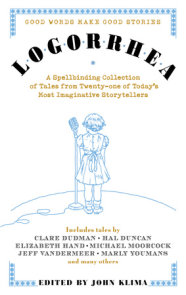READERS GUIDE
In this imaginative, beautifully wrought debut, Patrick Ryan brings to life an array of mesmerizing characters; each one carries the emotional baggage of a family history woven with the surreal and the sublime. With wry humor and unflinching candor, Send Me transports us to the Florida of NASA launches, ranch houses, and sudden hurricanes, as well as quirky pockets of Alabama and upstate New York. Cascading within five decades, from 2006 back to the 1960s, Ryan’s rich narratives revolve around the quest for hope, authenticity, and love in all forms. These are the stories of Teresa Kerrigan, her ex-husbands, and her four children: Matt, who serves as caretaker to the ailing father who abandoned him as a child; his wild sister, Karen, who hides herself in marriage to a born-again salesman; Joe, a perpetual outsider struggling with intense sibling rivalry; and Frankie, an endearing, eccentric sci-fi freak. United by a turbulent past and an even more startling future, they spin dazzling, often edgy episodes in this wholly original portrait of yearning.The questions, discussion topics, and author biography that follow are intended to enhance your reading of Patrick Ryan’s Send Me. We hope they will enrich your experience of this haunting novel.
Questions and Topics for Discussion
1. What does the title story, “Send Me,” tell us about Frankie? In what way does the Reverend’s art set the tone for tales of Frankie’s family?
2. How does the Reverend define “sent”? How does the concept of being sent become a thread connecting all the works in this novel?
3. In 1965 Teresa tries to write to Dermot’s family. What assessments of her life does she make while writing this letter? How does her perception of the world evolve after that early scene?
4. “So Much for Artemis” gives us images of Frankie as a child. How would you characterize the way he interacts with Jennifer in these scenes? How would you have responded to Roy Kerrigan if you had been Jennifer’s mother?
5. What are the defining moments of Joe’s adolescence? Genetics aside, who qualifies as family in his life?
6. Do Karen’s relationships mirror her mother’s experiences with men, or do they shatter a tradition?
7. What does Matt discover about being a Ragazzino? Does life in Utica give him more power and more sense of self, or does it reduce him to roles that are not well suited to him?
8. “Woman in a Fan Chair” features the family’s attempt to flee a hurricane. How would each one of them recall their time at the motel? Do any of the characters experience a genuinely safe harbor in their lives?
9. What is the source of Joe’s competitive attitude toward Frankie? Is it limited to the realms of academics and sex? Does one of them ultimately win?
10. What is the effect of the book’s NASA backdrop? In what way is the notion of aliens, space travel, and heroism on the part of astronauts an appropriate theme for these characters?
11. Discuss the role of Catholicism in the novel. What does religion signify to Teresa? What irony exists in the fact that all of her children are named after saints?
12. Send Me conveys themes of estrangement and abandonment. Are Teresa and Frankie the only ones to experience reunion?
13. “There’s Nothing Wrong with Gus” and “Love at the Dog Fight” give us parting glimpses of Roy. What were his motivations throughout the book? How do the Slip ‘N Slide and his father’s elderly dog illustrate Roy’s essential frustrations in life?
14. How did you react to Frankie’s portrait of his mother? How does it compare to your initial impressions of her?
15. If Frankie’s Visitors did descend to Earth, what corrections would they make in his life and throughout the globe?
16. Discuss the structure of Send Me. Would you categorize it as a novel in stories or a story collection, or should it be left to defy categorization altogether? What is the effect of the alternating narration and the shifting timeline? In what way did these innovations enhance the portrayal of a family?








